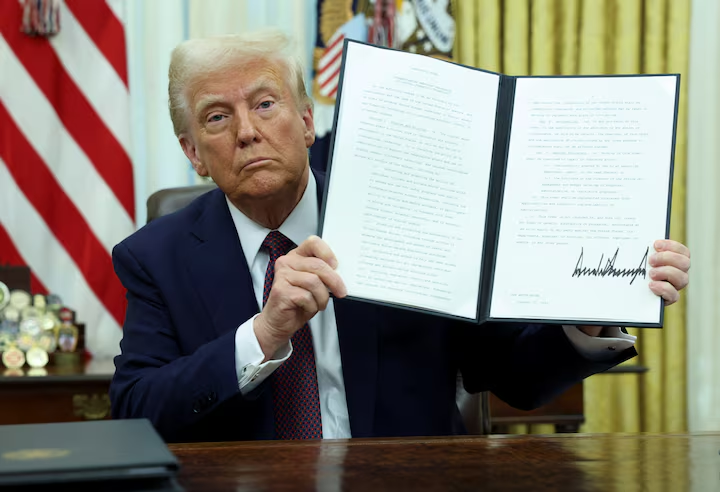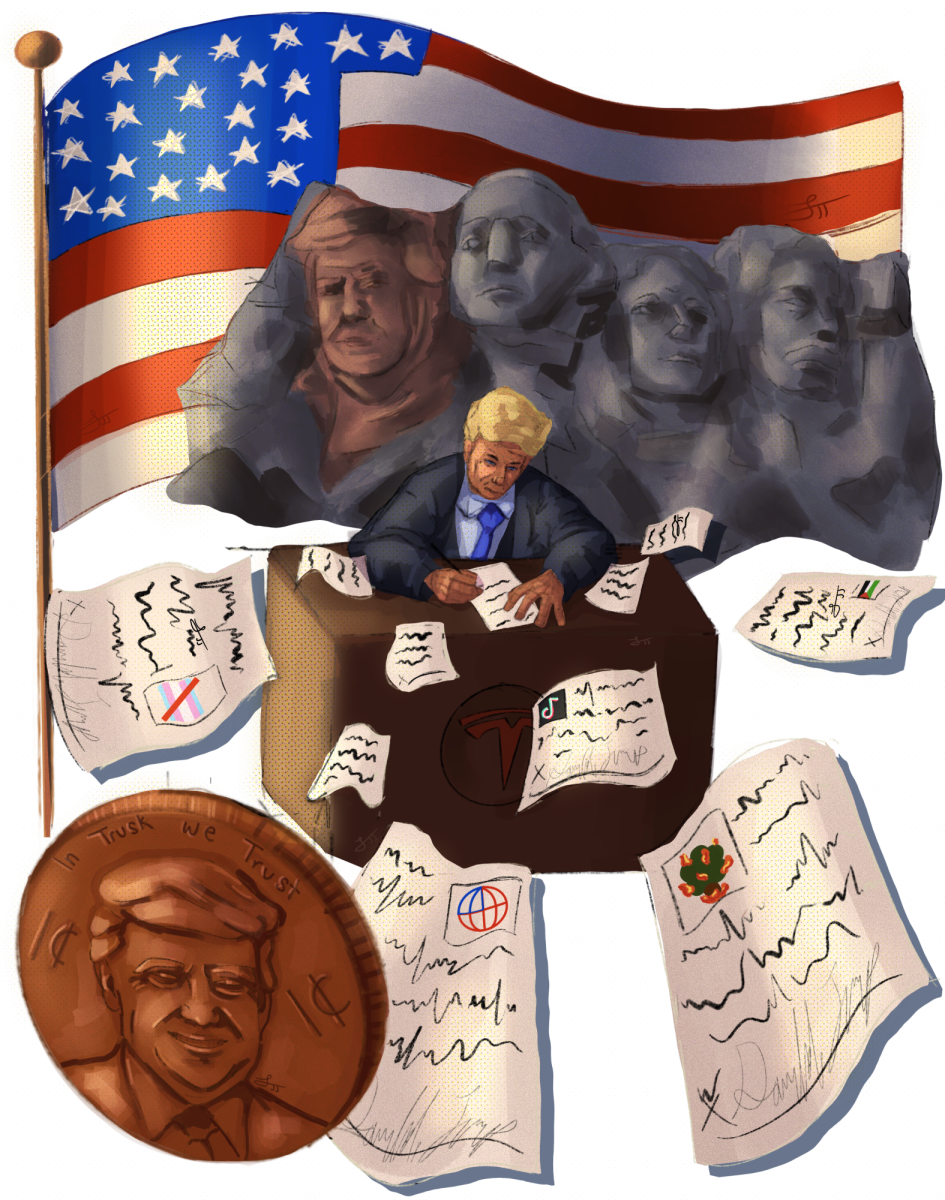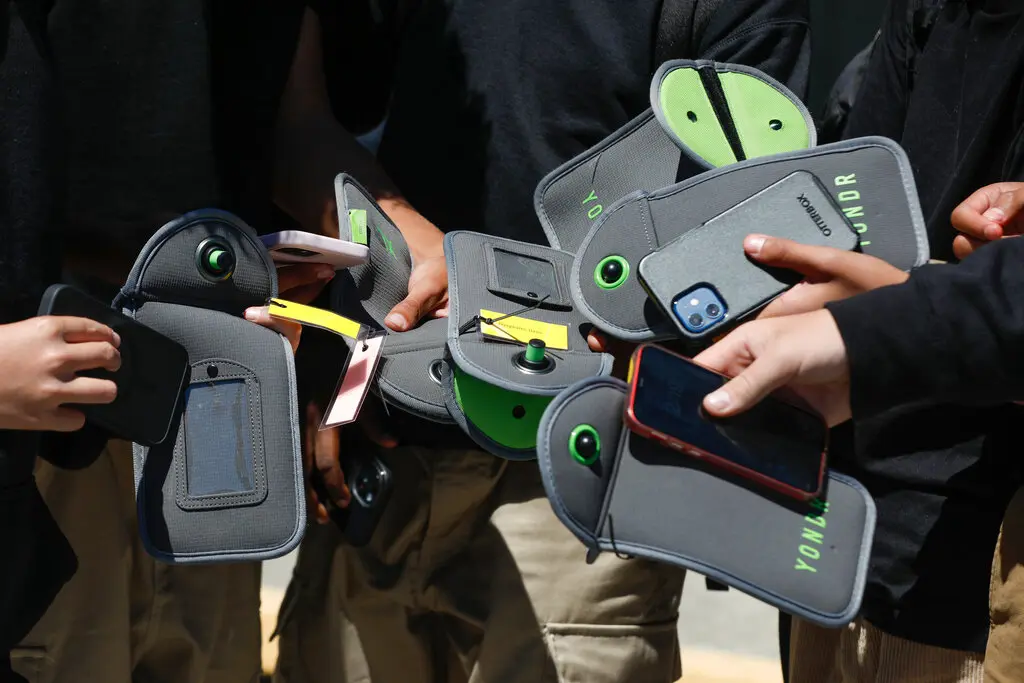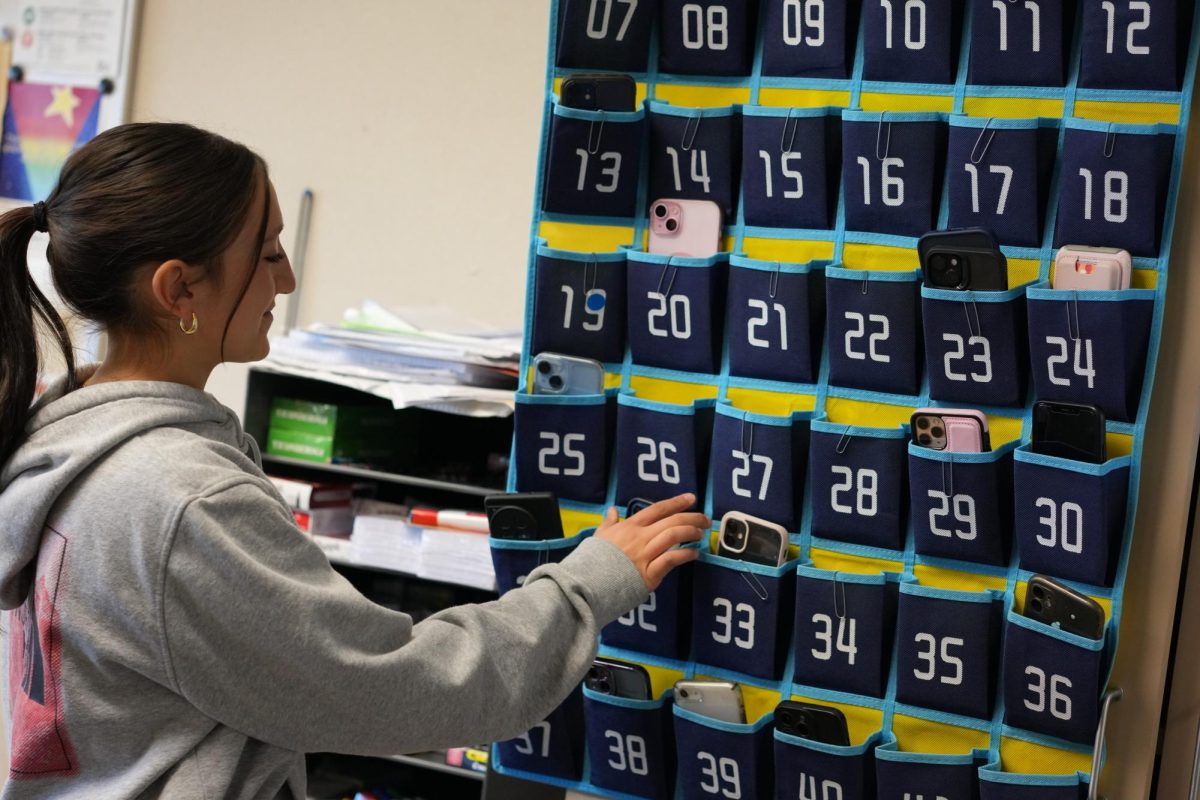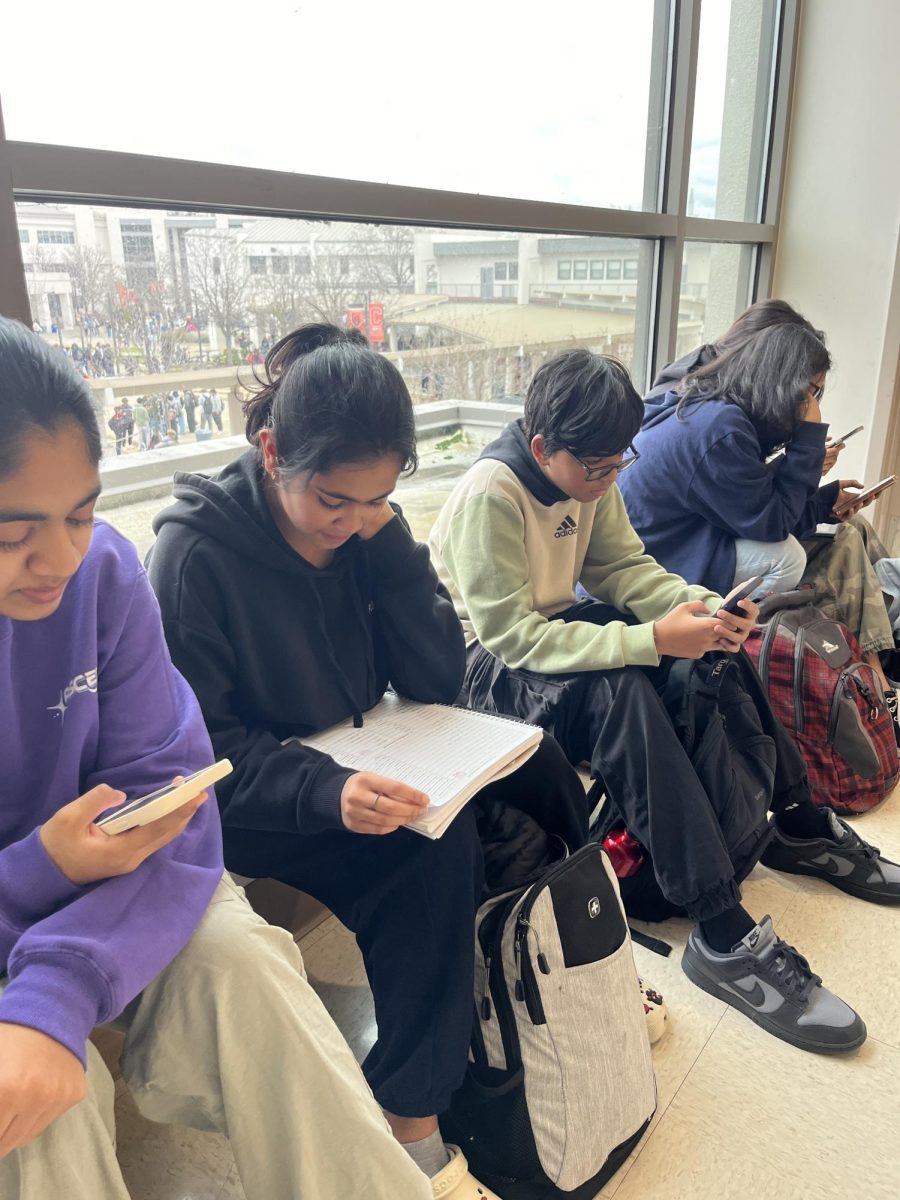By Shalaka Gole, Staff Writer
Cheating used to mean dropping your pencil, and sneaking a glance at your neighbor’s paper on the way down to pick it up. But with advances in technology, students use their tech savvy to cheat in more sophisticated ways than ever before.
The stories range from simple, such as texting a friend for an answer, to ridiculous, such as posting an AP test on YouTube.
At Cal High, teachers report many different kinds of high tech cheating, including the use of phones for both texting and taking pictures, and plagiarizing or buying essays off the Internet. In addition to the newer methods, teachers see old-fashioned note passing and test stealing.
History teacher Kelly McCoy has seen students share essays through email, turn in identical papers, and claim to have “worked together.”
Students have also witnessed technology-aided cheating.
Sophomore Rachel Feldman has seen students who are placed in the halls for a makeup test easily take out their phones to find out answers.
“If teachers won’t pay attention, then students are going to cheat,” said Rachel.
Sophomore Seohyun Kim has heard of a student taking a picture of a test and sending it to a large group of people. Junior Nick Lee has heard of a student using a head set to carry a conversation during a test.
“They hid it with their hair,” he said.
Sources such as sparknotes.com and Google are very accessible, so students can easily turn to their computers in a pinch, even though using uncited sources is considered plagiarism.
But as students take cheating to a new level, teachers have also stepped up their game.
Software such as turnitin.com allows teachers to check for plagiarism in essays with a just a few keystrokes. On this site, like any other search engine, teachers can enter students’ essay phrases and the software will check them against anything on the Internet. Cal High does not have this program any more, but there is a group of teachers who want our school to purchase it for use again.
“It’s a cost issue,” said Principal Mark Corti. “If not enough teachers wish to use the program, it’s not cost effective.”
English teacher Arlene Addison explains that colleges have several of these types of programs in place. She is part of the group of teachers that would like to have turnitin.com at Cal High.
“It is better to get a zero now than to get booted out (of college) later,” Addison said.
She believes if students learn their lesson now, they will be more careful in the future.
Colleges have started to catch up to the Millennium generation, and are fighting back with their own technology. They are administering more stringent testing regulations, with securely locked computers without USB or on-line capabilities, surveillance cameras in test rooms, and web cams that monitor on-line students, according to U.S.News.
When they catch a student, colleges are much tougher on untruthful students. In high school, students may take a trip to the principal’s office, and maybe receive a suspension. In college, students can face consequences ranging from a failing grade to expulsion without a refund of their tuition.
But not all teachers believe in the value of plagiarism checking software.
English teacher Barbara Foss prefers to assign her at-home essays about personal topics that are very difficult to plagiarize. She also believes that students should be responsible for their own work.
“Teachers cannot be the morality police,” Foss said. “Web sites like turnitin[.com] are cumbersome, and it becomes a bureaucratic process.”
And as some cheaters race head first through the 21st century, others choose to stay behind, using the tried and true methods of the past 100 years.
McCoy believes that because she is so strict during tests, the only types of cheating students attempt in her class are the old fashioned kinds.
“A cheat sheet is more easy, so it is common,” she said.
Many students agree.
“Using technology is more suspicious,” said Nick.
He believes Cal students stick to the old methods as they are much more nondescript.
Science teacher Jack Sarkany has seen about equal parts of technology and old-fashioned cheating in his seven years of teaching. But he believes the real problem lies in the act of cheating itself.
“There’s the fact that now students don’t think (cheating) is an issue,” he said.
Sarkany believes students make impromptu decisions, and make the wrong choices without considering the consequences.
Foss is less concerned with the actual process of cheating, and more with the future of her students. Although she may not catch all the dishonesty that goes on in her classroom, she thinks it will all even out in the end.
“You’re not going to get anywhere without independent thought,” Foss said.
